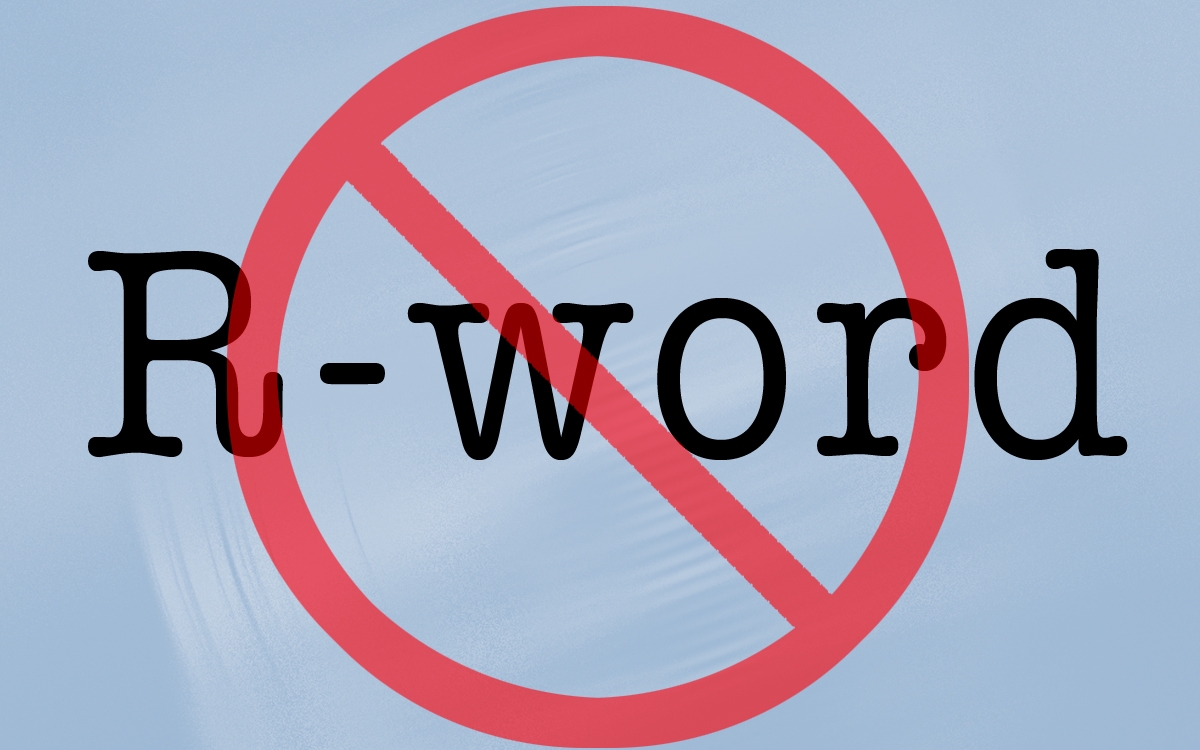
Social assistance programs in Canada falling behind
By: Arjumand Siddiqi and Odmaa Sod-Erdene
Public health researchers have long known that poverty and poor health are linked, but new evidence suggests that social assistance – the government system designed to provide those in poverty with income support – is not succeeding at protecting health.
Using data from national government surveys, we studied the health impact of social assistance programs in Canada, the United States and the United Kingdom – and the results are surprising.
Income is key to health and substantial research indicates it’s involved in almost every pathway leading to almost every health outcome. People with higher incomes tend to be less susceptible to harmful health behaviors, such as smoking. They’re better able to afford housing and nutritious foods, less exposed to the stresses of everyday life and are better able to cope with stress when it arises.
So we expected to find that the income supports provided by social assistance programs would improve the health outcomes of those receiving benefits. But our study, commissioned by the Ontario government and recently submitted to the provincial Ministry of Community and Social Services and the Ministry of Health and Long-term Care, tells another story: current approaches to social assistance are not improving the health of recipients.
Surprisingly, we found that in all three countries, social assistance recipients were either in worse or no different health than similarly low-income people who were not receiving social assistance, across a range of indicators, including chronic diseases, hypertension, smoking, binge drinking, obesity, physical inactivity and self-reported health-status.
Why?
There are several possible explanations. First, the amount of income support may be insufficient. Income support has declined since the mid-1990s, when deep cuts to programs were made across Canada and in the United States. For example, the average social assistance client in Ontario or British Columbia receives $300 to $700 monthly, simply not enough to cover basic needs such as rent, food and transportation.
Second, the work requirements that have become a mainstay of many social assistance programs across Canada and in peer countries may actually expose people in poverty to precarious job conditions and unstable jobs with minimal or no benefits. Contrary to the notion that “any job is a good job,” research suggests that precarious jobs can actually be more harmful to health than unemployment.
Finally, it’s possible that sicker people are more likely to sign up for social assistance in the first place. This is because, unlike many people with steady jobs and benefits, those in poverty often rely on government programs to receive subsidized or free prescription drug and dental care. Right now, in most provinces, the main way to access these benefits is by signing up for social assistance.
So what’s the solution? Because public policies are one of the key drivers shaping health inequities, we need public policy changes to remedy them.
Recent milestones give us hope. Basic income pilots in places like Ontario and British Columbia signal that a system that has been broken for a long time is undergoing change. The effect of this change, however, needs to be evaluated. To put things in perspective, the amount that participants will receive under the Ontario basic income pilot is still less than mid-1990s levels of social assistance, adjusted for inflation.
Higher minimum wages are also an important start, but the two to three dollar an hour increases proposed by provinces across Canada are hardly the holy grail answer. Bolder labor market policies, such as the job guarantee program being proposed in the United States, have a much better chance of ensuring that workers’ wages and benefits are kept at par with the costs of living a decent life. And, while raising the income floor is critical, if the ceiling also rises and the highest incomes continue to far outpace modest improvements at the bottom – which is the current situation in Canada – this can counteract gains made at the bottom.
What else could be done? Let’s build on an existing strength by augmenting our universal, publicly-funded health care.
Prescription drug and dental coverage should be made universally available, so that social assistance is no longer the only means for the most disadvantaged to access these essential services. After all, it shouldn’t fall on our income maintenance programs to fill these critical gaps in our provincial health insurance plans.
Robust policy measures that prevent poverty and inequality are essential to keep Canadians healthy. It is clear income supports on their own are not doing the job.
A version of this commentary appeared in Policy Options.
Arjumand Siddiqi is an expert advisor with EvidenceNetwork.ca which is based at the University of Winnipeg, an associate professor at the University of Toronto’s Dalla Lana School of Public Health and Canada Research Chair in Population Health Equity.
Odmaa Sod-Erdene is a research analyst at the Dalla Lana School of Public Health.









